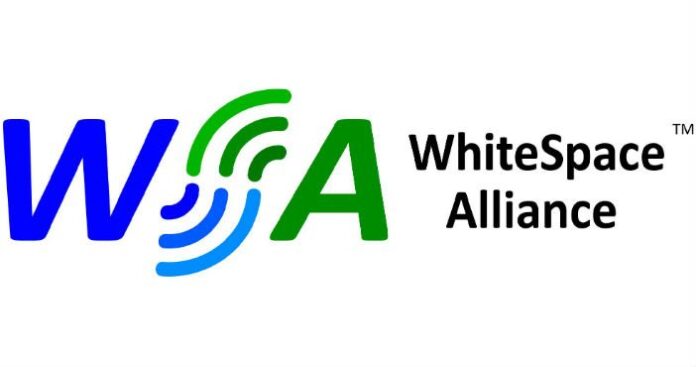Even though the use of white space is not regulated in Brazil, the WhiteSpace Alliance is conducting a pilot test to check its availability for potential broadband use. White space is frequency that is assigned for television broadcasting but not fully utilized. According to the WhiteSpace Alliance, the powerful propagation characteristics of VHF/UHF signals make them ideal for use in rural areas where wired infrastructure is not cost effective to deploy, and vegetation makes line-of-sight wireless solutions unreliable.
In an interview with RCR Wireless News, Apurva N. Mody, Whitespace Alliance chairman, explained that the test is being carried out in association with the Brazil Ministry of Communications; Anatel, the nation’s telecommunications regulatory authority; and Inatel, a research, development and educational institution specializing in telecommunications. “The demand for spectrum will continue to grow to provide broadband access, and the cost, especially in rural areas, is high. We are trying to make use of the white space spectrum,” he said. 
The pilot project, which will be conducted in the Santa Rita do Sapucai district, aims to show how white space works and determine if there is interference with broadcasting services. Some countries, including the U.S., Canada and Singapore, already regulate the use of white space.
In Brazil, the alliance is waiting for a license from Anatel to begin the pilot. A database showing the available channels in the country has already been completed.
Oi/PT: A general shareholders meeting of PT SGPS scheduled for Jan. 22 will focus on deliberations over the terms and conditions of the purchase and sale agreement for PT Portugal SGPS shares, executed by Oi and Altice. PT SGPS released a notice to the market clarifying that they will not be discussing the scope and the content of the PwC report at the meeting.
Subsea fiber optic cable: Partners Group has signed an agreement to invest in the construction of the first direct subsea fiber optic cable between New York and São Paulo, Brazil. The project, called Seabras-1, is being developed by Seaborn Networks and is expected to cost approximately U.S.$500 million.
Facebook impact: A new Deloitte report, commissioned by Facebook, analyzed the economic impact of the social media firm around the world. The report found that Facebook, with an approximately $8 billion cost base, enabled a global economic impact of $227 billion and 4.5 million jobs around the world in 2014. In Central and South America alone, Facebook had an economic impact of $21 billion and helped create 600,000 jobs. In Brazil, the economic impact totaled $10 billion and 231,000 jobs.
More Latin American news:
MEXICO—China Telecom is considering a possible investment in Mexico, according to a company spokesperson. The statement follows a report that China Telecom is preparing a bid for the Mexican government’s U.S.$10 billion open access mobile broadband network in the 700 MHz.
BRAZIL—The new communications minister announced the elimination of the national technology requirement for mobile access networks to be included in the REPNBL program. Previously, there was a requirement to use at least 10% of technology produced within Brazil. In addition, President Dilma Rousseff signed a law that excludes small cells from paying the Fistel fee.
COLOMBIA—Facebook launched the Internet.org app in Colombia to provide access to some government services for free. The app is available for Tigo customers. This is the first time Internet.org app has been made available in Latin America.
NICARAGUA—The government expects the mobile market to add about 710,000 new lines this year. Currently, Nicaragua has more mobile lines than inhabitants. The most recent data available shows that the country had 6.8 million lines in 2013.
EL SALVADOR—The cost to implement the number portability law in El Salvador is expected to be the highest among Latin American countries.
BRAZIL—The Chinese manufacturer Xiami is expected to star selling phones in Brazil by the end of the first half of 2015.
Wondering what’s going on in Latin America? Why don’t you follow me on Twitter? Also check out all of RCR Wireless News’ Latin American content.

